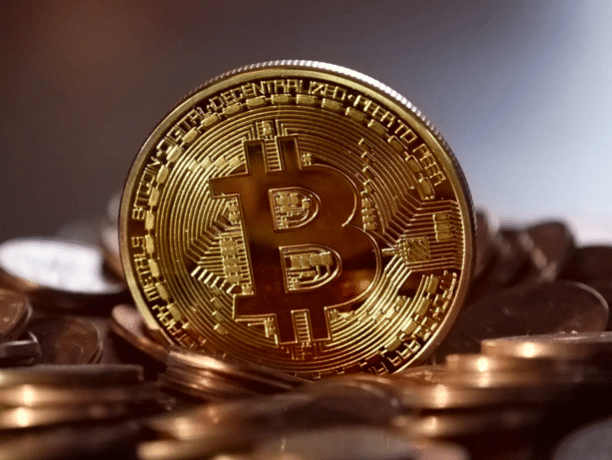Will Bitcoin Go Big In 2020?

Bitcoin is a digital, decentralized currency that has no single administrator or authority figure. There are only two ways to obtain Bitcoin; mining or trading. Mining is a very complicated process that uses the processing power of single or multiple computers to solve a mathematical or algorithmic problem to receive Bitcoin as a reward. Investing in Bitcoin is becoming increasingly difficult as many variables are now at play. We’ll do our best in consolidating different predictions to see if Bitcoin’s value will increase this year.
Bitcoin and Altcoins
While Bitcoin was the first cryptocurrency to officially launch, other cryptocurrencies followed in the suite after its success. An altcoin is any cryptocurrency other than Bitcoin. Due to the unpredictable nature of cryptocurrency, a lot of traders do not trust automated trading platforms. But online trading apps like btc era app is trusted by people for trading online. As mentioned on https://Bitcoinrevolution.cloud/Bitcoin-revolution-scam/, the real advantage bitcoin revolution provides is in terms of the speed of trading and making accurate predictions according to various market trends. Predictions are still limited in terms of longevity which makes traders reluctant to trust cold calculations as the market is very volatile. It’s not surprising that many advanced algorithms, software, and consultancy services are emerging to accommodate the increased frequency of cryptocurrency trading. It’s important to understand that any increase in Bitcoin’s value nowadays is closely tied to the state of altcoins. 2018 marked a year full of many failed altcoin projects that made many investors reconsider their stance and dump their resources into Bitcoin, being the safest choice. Bitcoin has dominance over the current cryptocurrency market with a share of about 67% and it’s expected to increase, and with the increase of its share, Bitcoin’s value goes up.
Bitcoin Halving
Bitcoin’s supply is limited by certain algorithms and rules which cap at 21 million coins. This means that the total maximum number of Bitcoins allowed to exist is 21 million. This shows a stark difference between Bitcoin and fiat currency as it means that Bitcoin is a deflationary asset. Every 10 minutes, a block or an equation is solved by miners across the world and is added to the list of Bitcoins. The work required to mine a block is becoming increasingly more difficult and more expensive. The first block reward used to be 50 Bitcoins for every block. The reward is now 12.5 Bitcoin per block. Why? Well, Bitcoin had a certain feature or property programmed into it that redacts the reward of mining a block to half every 4 years.
The next halving of Bitcoin is going to be this year, on the 20th of May to be exact. The reward for mining a block will be 6.25 Bitcoins. This is going to affect supply and demand greatly as Bitcoins are becoming a rarer currency that is harder to obtain. Every time halving occurred, Bitcoin saw a surge in value in the following weeks or months. While it’s hard to predict exactly how it will turn out, halving provides an opportunity for investors to see a rise to their investment in most cases.

The macroeconomic nature of cryptocurrency is full of variables that make it difficult to make guaranteed predictions about its value. From countries waging war to technological advancements, Bitcoin’s price is heavily tied to random events. The halving of Bitcoin and its domination over altcoin is spelling good news as its value is expected to increase greatly in 2020.




